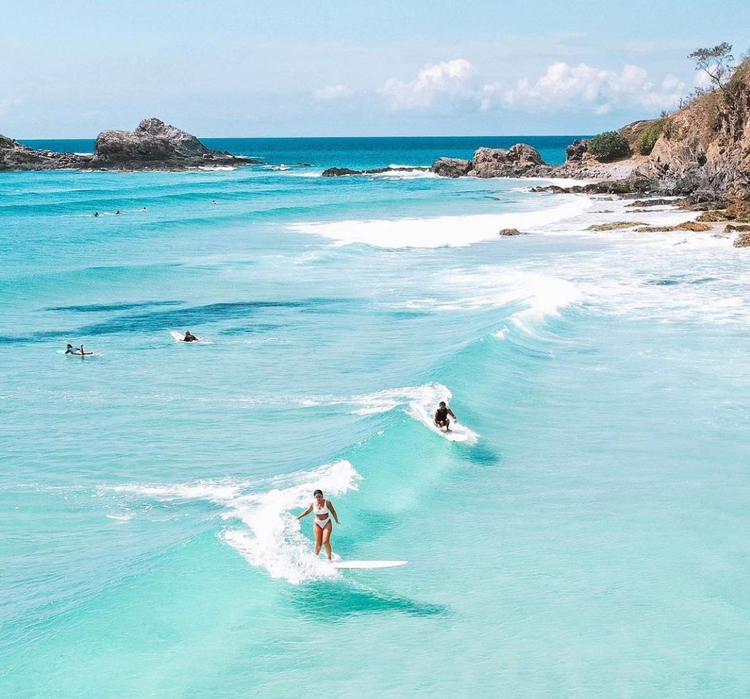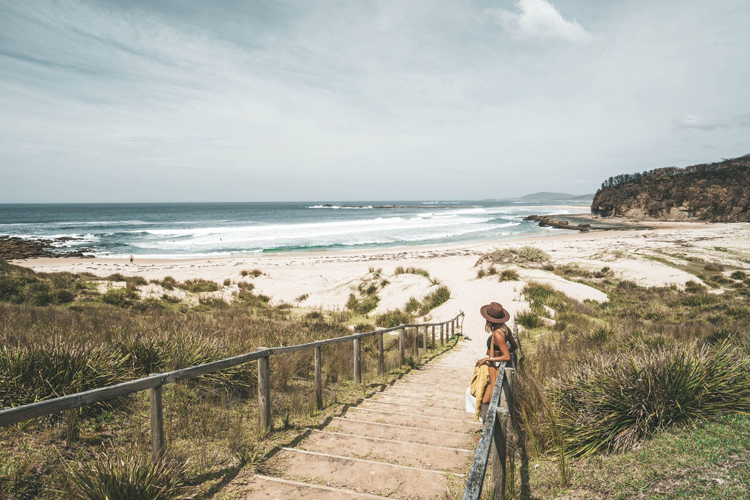Reducing COVID-19 risk at the beach
Finding a beach to yourself is a great way to reduce Covid risk
The pandemic has affected all aspects of how we live our lives as we adapt, developing ways to to reduce the reduce the risks. Thankfully one thing we have learned is that the outdoors is very low risk. Even better, outdoor settings with breeze are particularly low risk, so heading to the beach when its blowing offshore could be one of the safer ways to support your mental health. Sliding in to a few clean waves always makes a day better – a bit of sunshine, clean sea water is almost guaranteed to wash away any bad vibes!
During lockdowns so many of our usual activities are restricted and people have been looking to what is still possible, so there have been times when it gets really busy at the beach. Even with postcode restrictions there are many times when beachside carparks have been fully packed like the hottest of summer days.
Spending time outdoors is essential to maintaining your physical and mental health. However, in the time of COVID-19 it is important to ensure that its risks do not outweigh its benefits. A common sense approach combined with local health advice is required.
Am I allowed to the beach?
COVID restrictions vary significantly between locations, so it is important to pay attention to the rules imposed by your local, state and federal governments. Some governments may have made the difficult decision to close beaches altogether, while others may have placed limits on numbers of visitors and types of activities allowed.
If you are allowed to go swimming, the ocean is likely far less risky than a pool, as there is more water movement, more fresh air and a higher level of dilution. Outdoors is lower risk than indoors. As always, take a sensible look at the the number of people and consider how this affects risk.
How do I reduce my risk of contracting COVID-19 at the beach?
Avoid crowds
Especially during warmer months, it can be difficult to find a beach that is not filled with people soaking up the sun. Try visiting a more secluded beach, as it may have less visitors. Ensure that you set up your towels away from other groups of swimmers and maintain a 1.5 metre distance from others where possible.

Socially distanced wave sharing?
Drive, bike or walk
Public transport can be packed with people, especially on weekends or during holiday periods. Lower your exposure risk by driving yourself and avoid all unnecessary busses and trains. If you live closer, walk or bike to the beach. Not only is it safer, but it’s relaxing, enjoyable, and good exercise.
Don’t hang around for too long
The less time you are in contact with others, the lower your risk of contracting COVID-19. Sure, it’s always nice to grab some food after a swim, but that sometimes that involves standing in lines with others. Instead, make your own lunch or grab a snack elsewhere. Enclosed spaces like bathrooms and change rooms are higher risk so consider getting changed outside under a change towel or even put your swimmers and wetsuits on before you arrive at the beach.
Practice appropriate hygiene
Make sure you wash your hands after sneezing or coughing, after using the restroom, before eating, and after handling rubbish. Cough, sneeze, and yawn into your elbow and avoid physical contact with others. Avoid touching your face and sanitise your hands regularly. If you’re using a picnic table or bench, clean it with a disposable disinfectant wipe before you sit down.
Get vaccinated!
The most effective way to prevent the spread of COVID-19 is to get fully vaccinated as soon as possible. Keep up to date with your government’s vaccination schedule so you know when you’re eligible.

Avoiding crowds has been a goal since long before Covid!












